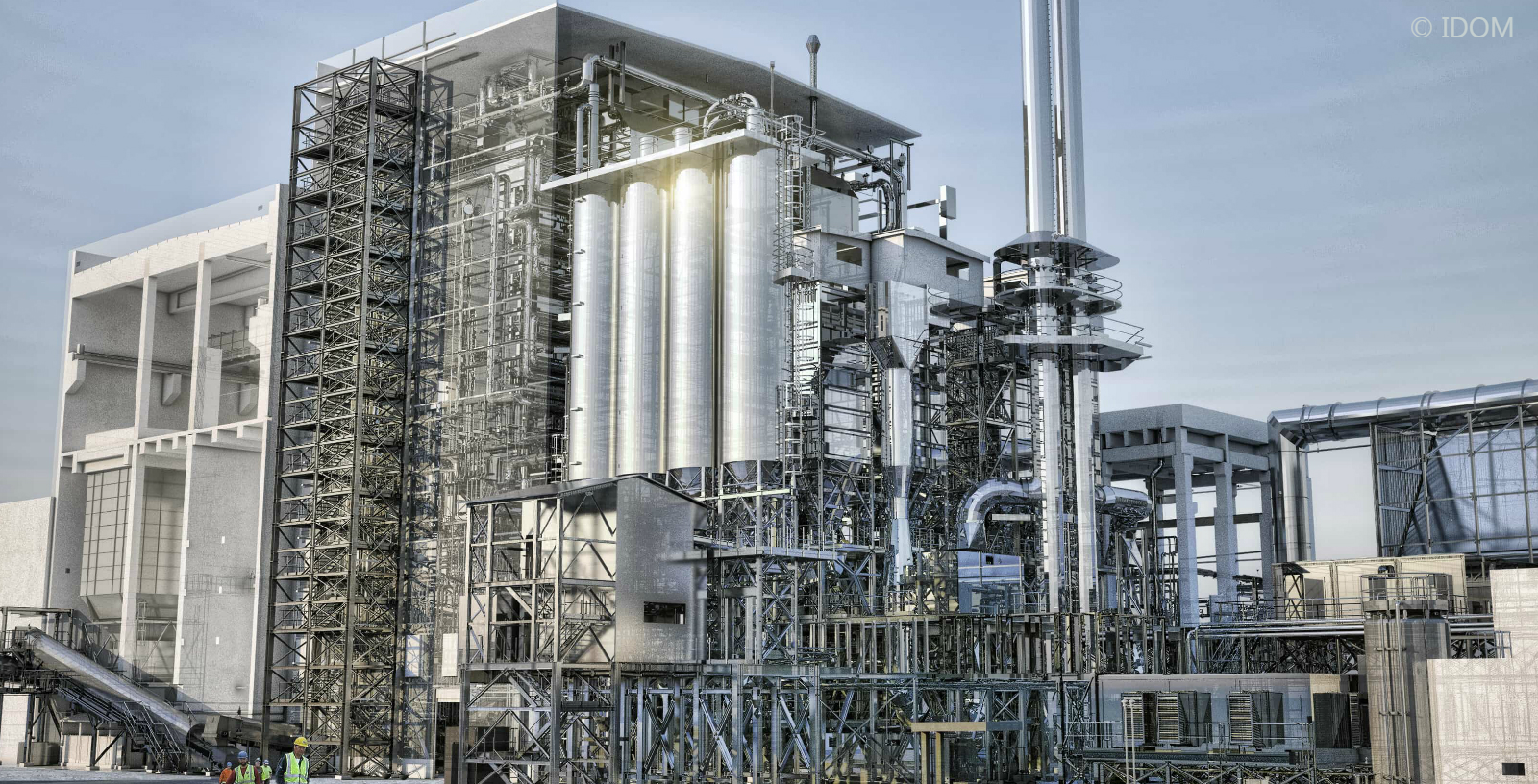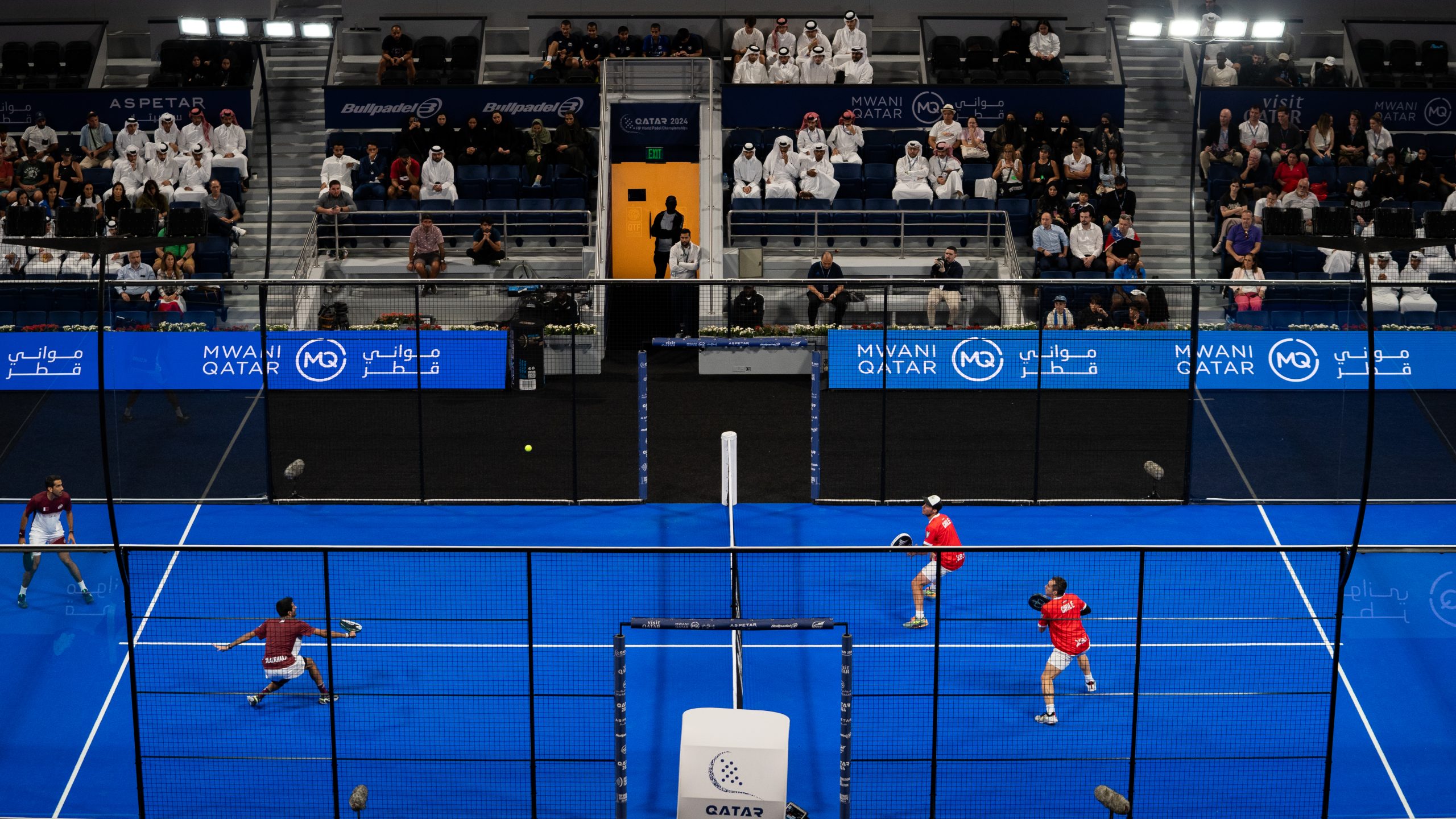While the Gulf has had a historically high level of waste generation, which remains a huge problem economically and environmentally, it is also driving the region to become a global leader in adopting waste-to-energy measures.
In the last few years, Gulf states have set ambitious targets for their domestic projects and international investments in clean energy. But they have a long way to go to reach their goals.
All but one of the six Gulf Cooperation Council states say that they intend to achieve net-zero emissions by 2060 or sooner. Qatar is the odd one out. Yet, it has pledged to cut emissions by 25% in 2030. This is after entering new hydrocarbon supply lines that connect the country and the European Union.
By the end of 2020, renewable energy sources had only accounted for less than 3% of those countries’ total installed power capacity.
Of those countries, the UAE has gone the furthest toward diversifying its energy sector and now generates about 20% of its installed power from renewable sources.
But even the UAE is unlikely to meet its targets.
Saudi Arabia, on the other hand, is much further behind, generating only 0.05% of its power from renewables in 2022, while Qatar stands at 0.1%.
Still, domestic and international investment in green energy is increasing. While solar, wind and hydropower are the usual suspects in this process, nowhere is a more exciting microcosm of sustainable system thinking present than in using waste as an energy source.
How do waste-to-energy (WtE) systems work?
Whether it is municipal or industrial, waste is often put in landfills. Landfills usually contaminate soil and water, releasing toxins and greenhouse gases. A waste-to-energy system solves that by generating electricity and heat by processing this trash.
The waste is usually incinerated. The resulting heat is captured into steam in a boiler. This gaseous substance has high pressure and is able to turn blades of a generator to create power.
In the past, WtE systems have been criticised for competing with recycling as well as releasing emissions. Yet, modern incinerators have been attracting a lot of investment in Japan, China, Scandinavia, and now the Gulf.
Modern combustion facilities are carefully constructed to work alongside recycling. They also attempt to produce the lowest possible emissions in their burn chambers.
Where does Qatar stand?
Qatar was one of the first GCC countries to implement a waste-to-energy programme in 2011.
Now, the Domestic Solid Waste Management Centre in Mesaieed generates 50 MW of electricity daily, equivalent to meeting the power needs of 47,000 homes.
The global market for such technologies was worth $4.8 billion then. Today, it stands at more than $30 billion.
A recent Waste Management sectoral study by the Investment Promotion Agency Qatar (IPA Qatar) explored the potential of the country’s waste management sector.
The study stipulated that the market is supported by nine existing waste management facilities and a government-led commitment towards the circular use of materials to promote economic growth, while preserving and enhancing natural capital.
And Qatar has committed to more exploration of this energy source as a possibility.
In June 2022, Qatar announced plans to enhance its recycling initiative by establishing a new waste management centre, where electricity will be generated by recycling and processing waste.
New projects commence
Many countries in the Gulf have also followed Qatar’s success.
One of the newest WtE plants is set to come out in Oman. Directors at be’ah: Oman Environmental Services Holding Company, believe this would be an opportunity to attract environmentally conscious investors.
“Several international companies and banks are heading towards more sustainable projects which require conserving resources and focuses on reducing pollution and emissions,” Kumayl Al Lawati, VP-Business Development at be’ah, told Doha News.
“It is expected that the WtE would also attract green investment and encourage more green projects to see the light.”
The WtE project attempts to serve Oman Vision 2040 goals by “diverting 80% of municipal solid waste (MSW) from landfills, by treating 4,500 tons of MSW per day and generating 130 – 150 MWh of electricity.”
Just like most WtE plants, recycling remains a priority in the waste management hierarchy, which projects considered as emission reducers providing a 2-in-1 solution by both helping treat waste and making energy.
Still, WtE is known for being notoriously expensive, as their plants have a life cycle of approximately 30 years, and the be’ah plant is expected to have a 700-900 million CAPEX.
Indeed, thermal WtE requires significant investment for startup, operation and maintenance. Income from waste disposal and energy sales is often insufficient to cover full investment and operational costs.
The plan ahead
Other countries in the Gulf region have also seen the potential of WtEs.
The UAE’s first project was the Sharjah Waste to Energy plant, the region’s first commercial-scale waste-to-energy plant.
It diverts 300,000 tonnes of non-recyclable waste away from landfill every year while generating 30 megawatts of clean energy, which is equivalent to meeting the power needs of 28,000 homes every year. Another one is expected to follow soon.
Meanwhile, the world’s largest, waste-to-energy project has also been recently completed in Dubai.
“Dubai has always sought to be a pioneer in the field of waste-to-energy. By reducing the amount of solid waste and providing alternative sources for generating clean energy, the project will achieve a sustainable and eco-friendly waste management model.” said Dawoud Al Hajri, director-general of Dubai Municipality.
“With the world’s largest operational capacity, DWMC will process 1.9 million tonnes of waste annually and convert it into renewable energy, generating enough energy to power 135,000 homes,”
Saudi Arabia, Kuwait, and Bahrain are in different stages of building WtE plants themselves.







